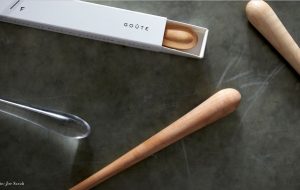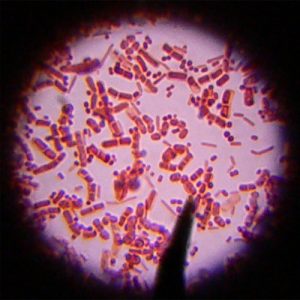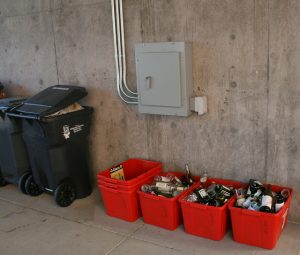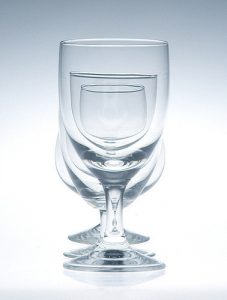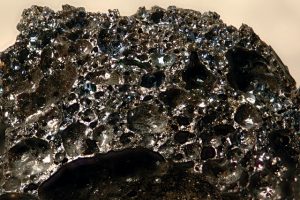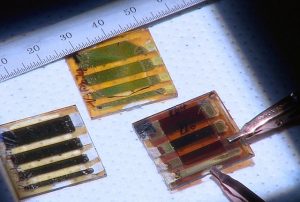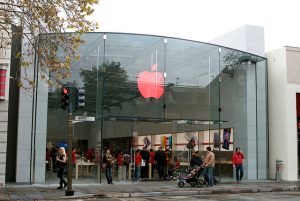Iconic Glass Structures – The Mapparium
The Mapparium first opened to the public in 1935. Although the political divisions have changed significantly in the intervening 82 years, the Christian Science church, which operates the library, has so far resisted making changes to the panels that make up the Mapparium. As a result, the map still shows historically “exotic” places “Siam” and defunct alliances including “the Soviet Union.”
The Church sites the cost of changing some of the Mapparium’s 608 stained glass panels as one motivator for leaving well enough alone. Another, perhaps more compelling reason is that the Church recognizes the historical value of looking at the world as it was in another era.
Chester Lindsay Churchill is credited with the designe of the Mapparium. It symbolizes the global reach of the church, and was inspired by the New York Daily News’ spinning globe. Churchill’s design is a scale representation of the countries of the world as they would be seen from the center of the Earth. Viewers see the stained glass maps from a 30-foot bridge that traverses the interior of the exhibit.
The Mapparium is more than just an exhibit. It allows viewers to see the size and distance relationships between countries and continents, land features and the oceans. The visuals aren’t the only unusual features visitors experience in the Mapparium. Because of the exhibit’s shape, the acoustics in the globe enable visitors at opposite ends of the 30-foot bridge to hear each other’s whispers perfectly.
A four year-long renovation and restoration project closed the Mapparium in 1998. It was reopened in 2002, fully restored. The renovation also included the addition of sound-and-light shows that “update” the map virtually. The Mapparium is open Tuesday through Sunday from 10:00 AM to 4:00 PM, and tour guides escort visitors through it every 20 minutes while the library is open.
A visit to the Mapparium may inspire you to decorate the glass in your home. If so, consider using GlassPrimer™ glass paint. It is specially formulated to bond permanently with glass, and can be matched to any major paint manufacturer’s palette. Please visit the rest of our site for more information about glass paint.
Photo Credit: Imran Ali, via Flickr.com


